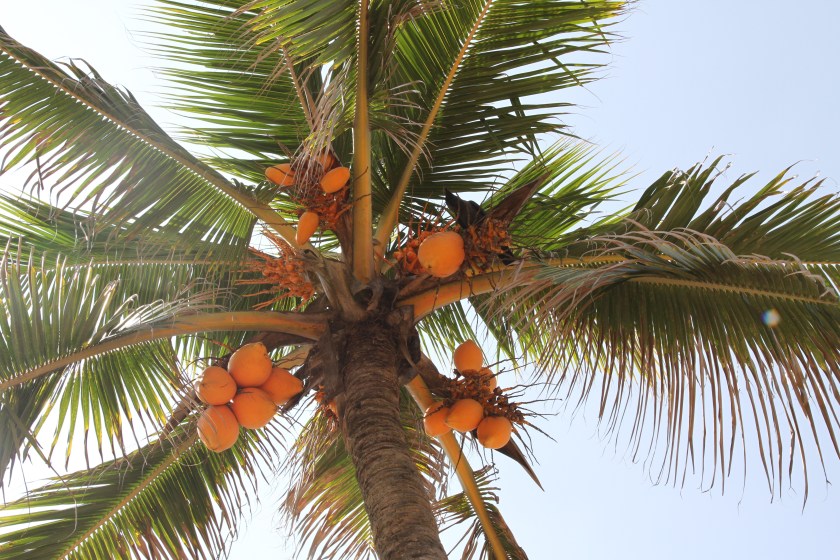We packed a lot into half a day in Colombo yesterday and took a car in the afternoon to Kandy. It’s only 140km but the drive took more than three and half hours. The idea was that we spend the night in Kandy and head out this morning for a four day trek through the Knuckles Mountain Range (more on that later). Five highlights and observations:
Religion: Sri Lanka is predominantly a Buddhist country with over 70% of its population identifying as Buddhist. Hinduism and Islam are close, representing 13% and 10% of the population respectively, and Christians make up the remaining 7%. Buddhism plays a big role in the country’s culture and its importance is visible everywhere – from art to architecture. We made a trip to the big Buddha temple in Colombo and later visited the Temple of the Sacred Tooth Relic in Kandy and both are spectacular. Still, it was beautiful to see that smaller Buddhist temples are often flanked by a Hindu temple on one side and a mosque on the other. It really feels like Sri Lanka is very tolerant and accepting of all faiths.
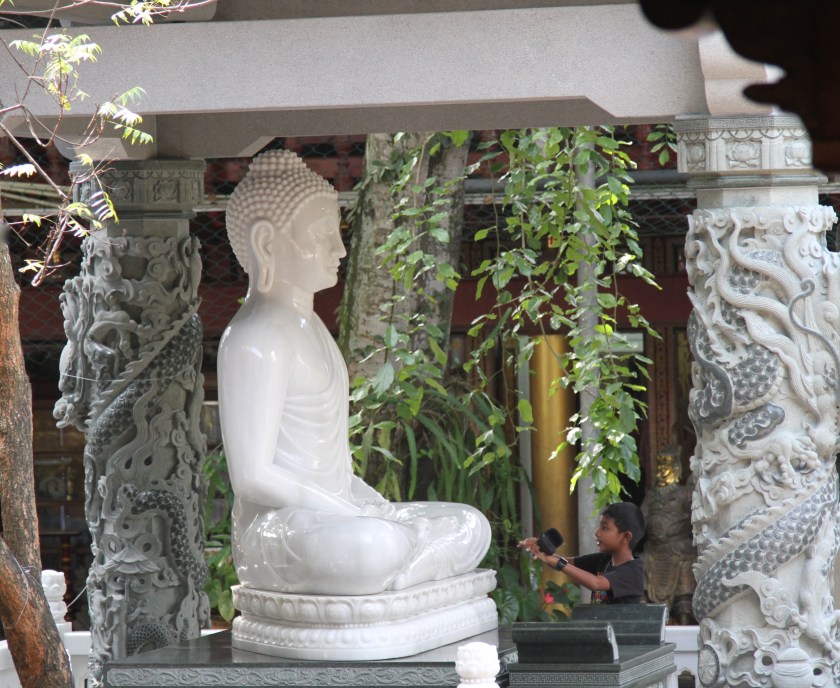
Food: Sri Lankan food is simply glorious and it shocks me that it’s still relatively unknown in the Western World. Rice features heavily, as do spices and coconut, but it’s all a little unique and clever. One of my favourites is the “hopper”. Made from fermented rice flour and coconut milk, hoppers look like small bowls or baskets that you can fill with sambol, eggs, curry – whatever you fancy really. There are also “string hoppers” which look a little like spaghetti, fashioned into round placemats. Simply divine!
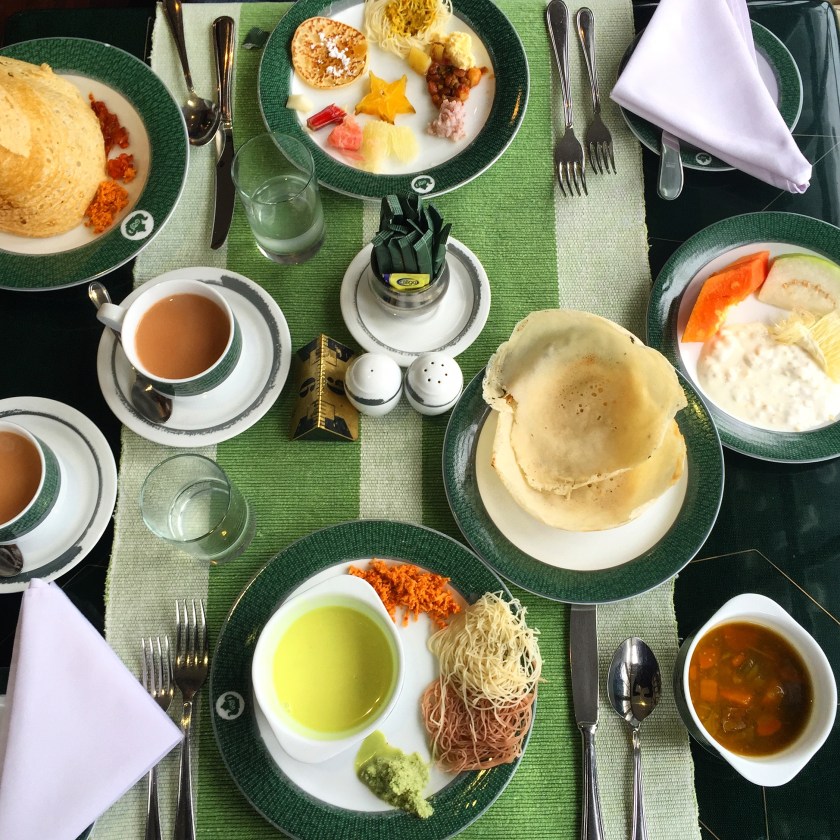
Seafood is big in Colombo and “kottu”, a street food comprising chopped up roti, vegetables and often chicken in a kind of stir fry, is a mainstay. I hear kottu is fast popping up on menus in Toronto and New York.
Tropical Fruit: Sri Lanka also does an amazing job with fruit and you’ll see ramshackle stalls selling fresh finds pretty much everywhere you go. Aside from papaya, king coconut and bananas, there’s guava, sour sop, custard apple, wood apple, pineapple, watermelon and star fruit. One of the more interesting things I found was jackfruit and breadfruit. I’ve seen jackfruit in India and never been a fan, but breadfruit – never heard of it! It turns out to be popular as a curry and could pass for potatoes.
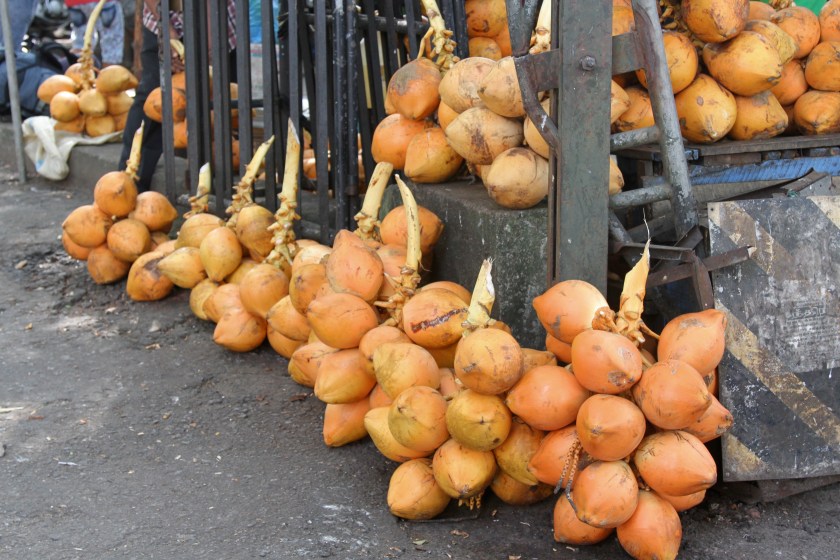
Rain: It rains a LOT in the hill country. Not just in terms of frequency (often all day) but in sheer volume. This is not the lame duck rain of the British Isles, it’s the roof battering, window smattering kind of relentless rain that will rouse you from a good night’s sleep. It also means there’s a lot of mist and fog. I’m not complaining because I like rain (but OK maybe I am a bit).
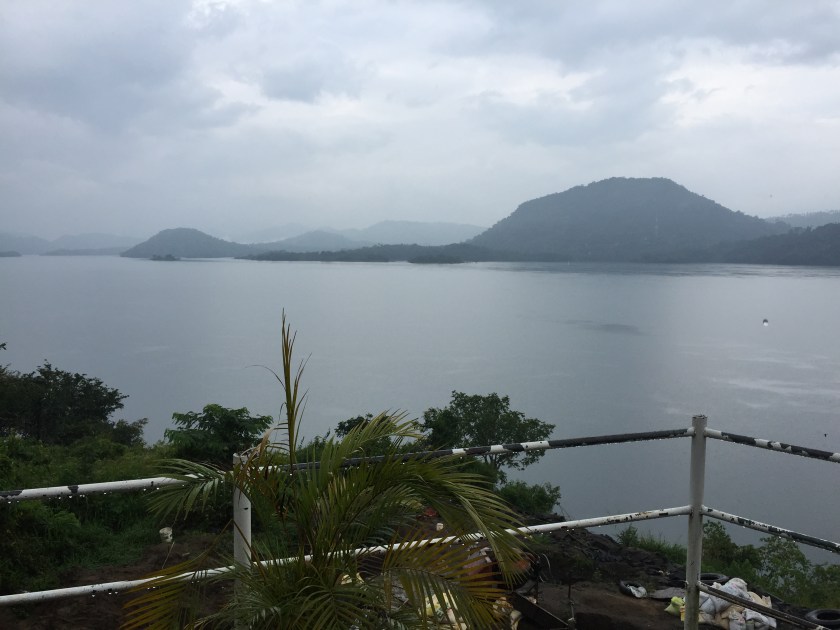
Ivory: There’s an awful lot of ivory in Sri Lanka. Massive tusks adorn Buddhist temples and flank the entrance to every shrine. Ivory sculptures and figurines litter holy places. I’m sure (I hope) much of this pre-dates the ban on ivory but it’s still disturbing to see something so obviously cruel being celebrated so widely. We talked to one of the guides about this and he said the government has recently cracked down as part of an agreement with SAARC and that there are plans to burn crates of ivory recently confiscated from poachers.




